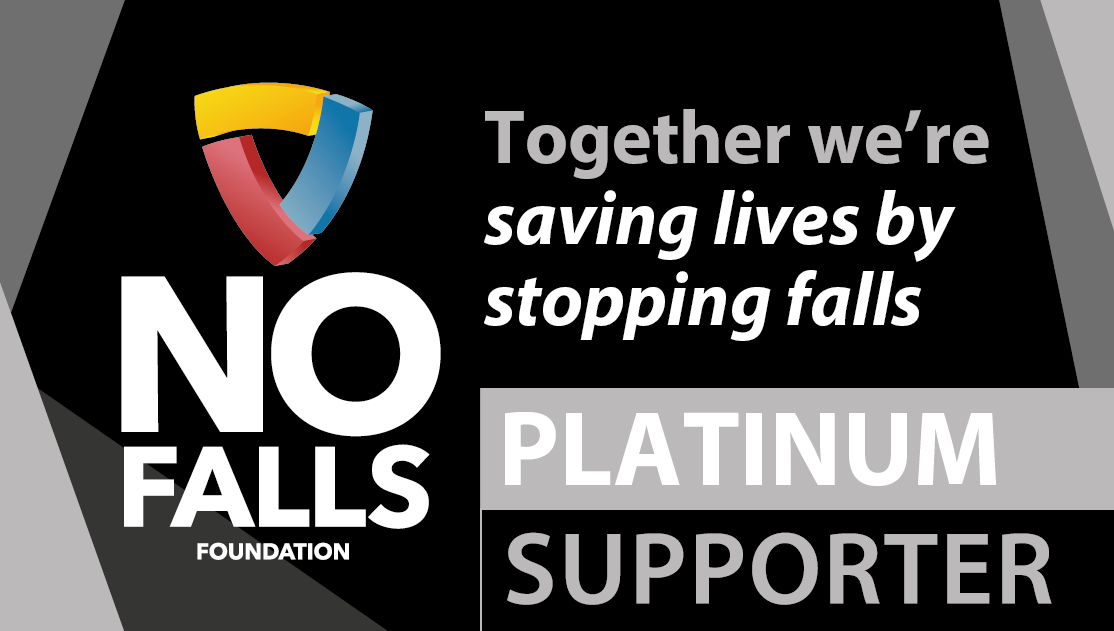Ladders
Do make sure you carry out a risk assessment
Do make sure a ladder is the correct piece of equipment for the job
Do make sure you are using the right classification of ladder
Do make sure you are wearing the correct footwear
Do make sure you are wearing a helmet
Do make sure the ladder is safe and in good condition
Do make sure it has two serviceable non-slip fleet
Do make sure the rungs are clean and secure
Do make sure it’s on a firm and level base
Do make sure the ladder is at the right height for the job
Do make sure it’s at the right angle for the job (70 – 75 degrees)
Do make sure you use a firm grip and three points of contact
Don’t work near electrical or overhead hazards
Don’t work in poor weather conditions
Don’t present a hazard to traffic or passers by
Don’t overload yourself with tools and materials
Don’t overreach to complete the task
Don’t stand on the top three rungs
Stepladders
Most of the dos and don’ts that apply to ladders also apply to stepladders. In addition:
Do make sure you work facing forwards
Do make sure all tools are secure
Don’t work facing sideways
Don’t stand on the top handrail
The above list is for guidance only and is not exhaustive. All these points, and may others, are covered in detail in the Ladder Association’s standard training course. Find more details here.








